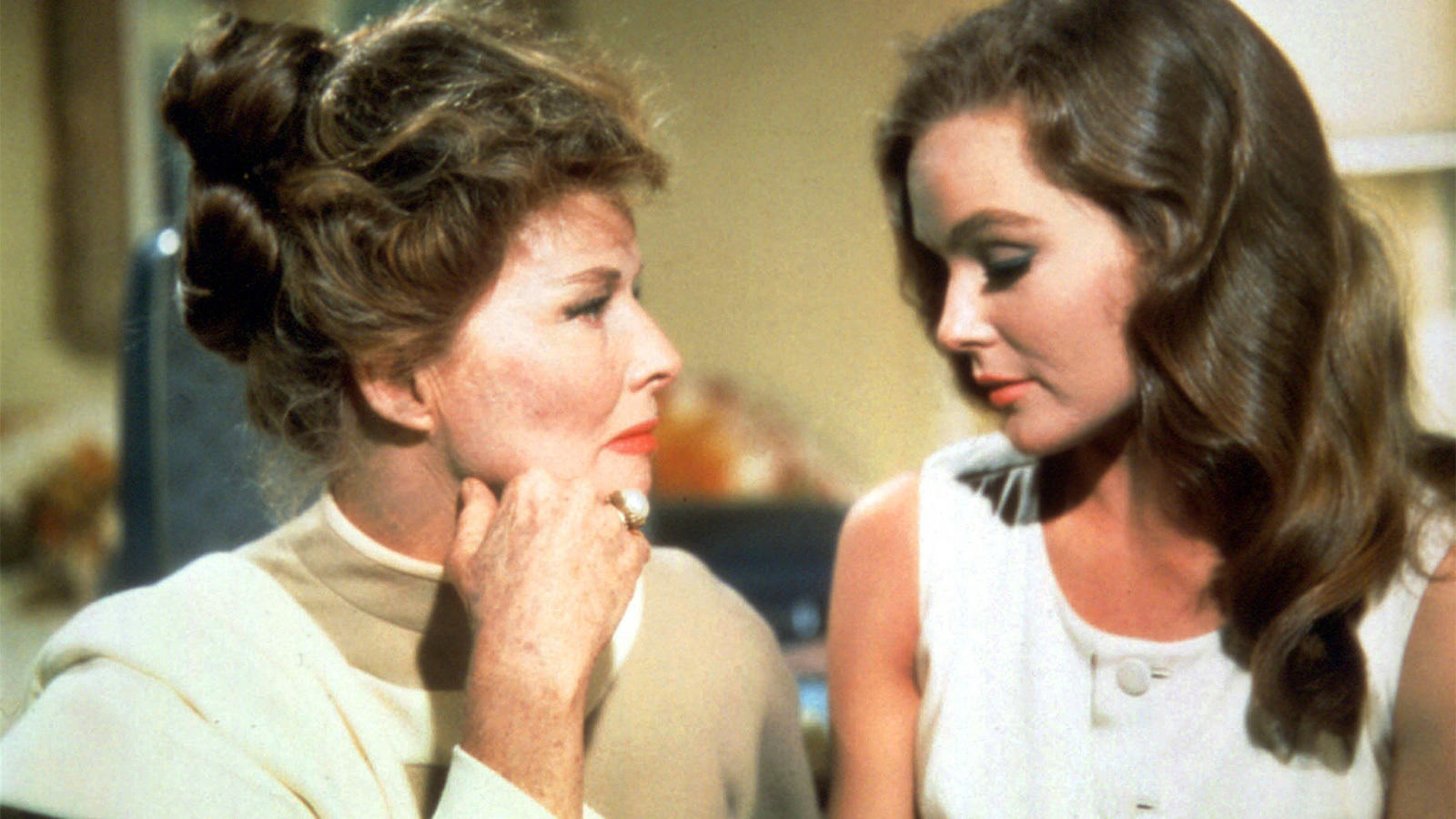Imagine you are seated at a beautifully adorned dining table with an extravagant array of culinary delights before you. The ambiance is ripe for a comforting family gathering; however, all is not as it seems. As the doorbell rings, an unexpected guest arrives, and that individual’s presence poses a thought-provoking question: How well do we know our loved ones? In the 1967 film, “Guess Who’s Coming to Dinner,” this seemingly innocuous premise ignites a cascade of socio-cultural examinations regarding race, love, and acceptance.
At its core, this cinematic masterpiece invites viewers to grapple with the complexities of interracial relationships during a tumultuous period in American history. The narrative revolves around a young white woman who brings her Black fiancé home to meet her affluent, liberal parents. This domestic scenario serves as a microcosm for broader societal tensions. As the film unfolds, it challenges not only the beliefs of the characters involved but also those of the audience, evoking an emotional juxtaposition between idealism and reality.
The film poses a playful yet profound question: What does it mean to accept someone fully? It compels viewers to ponder the extent to which familial love can transcend ingrained prejudices. As the evening progresses, the parents’ initial reactions oscillate between disbelief, discomfort, and, eventually, acceptance. Their struggle serves as a metaphorical reflection of societal challenges. Are prejudices merely the product of one’s upbringing, or do they run deeper?
Moreover, the dialogue throughout the film crackles with intellectual fervor, peppered with philosophical musings on race and identity. A pivotal scene features a heart-wrenching exchange about the reality of their daughter’s choice, encapsulating the cultural zeitgeist of the 1960s while remaining strikingly relevant to contemporary audiences. It is a testament to the film’s enduring legacy that it evokes both nostalgia and critical reflection on ongoing societal issues.
As the film reaches its crescendo, viewers might ask themselves: How much has truly changed since the time of its release? Today, a myriad of complexities regarding race, identity, and acceptance still permeate societal discourse. Thus, “Guess Who’s Coming to Dinner” serves not merely as entertainment but as a catalyst for dialogue. It beckons us to engage with our biases and encourages an examination of the evolving landscape of familial and societal acceptance.
In conclusion, “Guess Who’s Coming to Dinner” is more than just a film about a unique dinner invitation. It is an exploration of the human condition, one that urges us to question our perceptions, embrace vulnerability, and confront the often uncomfortable truths about love and societal norms. This cinematic experience remains a poignant reminder that the questions we pose today will shape the conversations of tomorrow.
